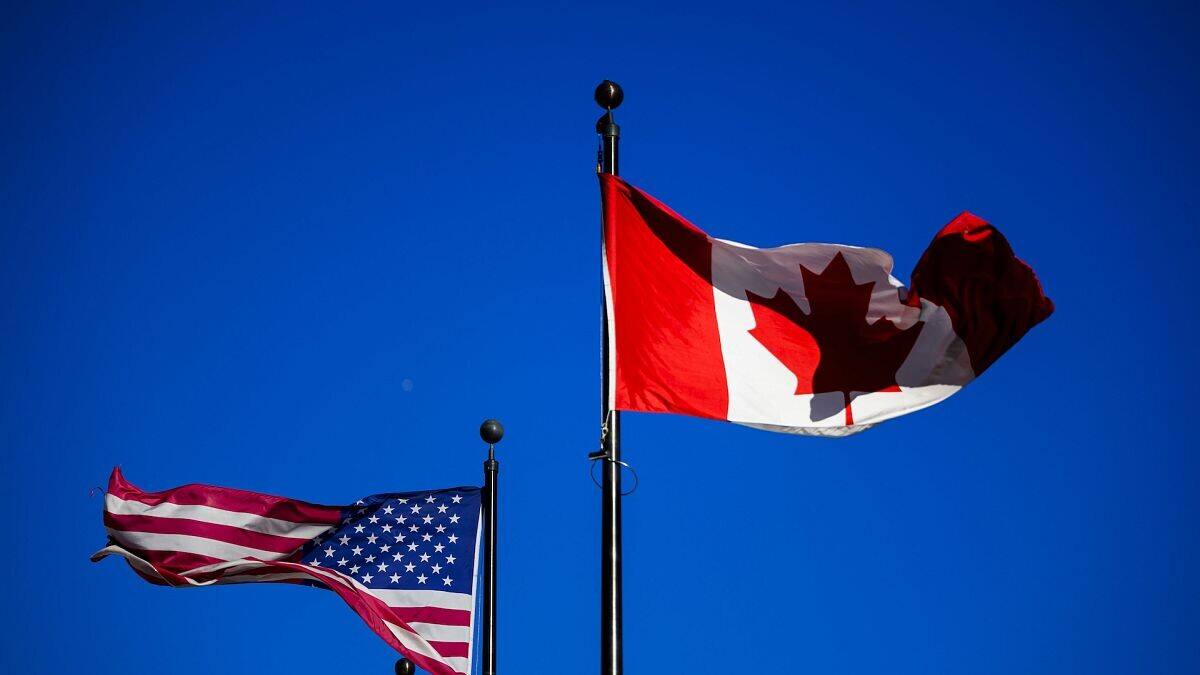
Trump imposes tariffs on imports, 75% Americans unaware of implications
What's the story
United States President Donald Trump has signed executive orders to impose tariffs on imports from Canada, Mexico, and China.
The new levies include a 25% tariff on Canadian and Mexican goods and a 10% tariff on Chinese products.
A temporary exception has been made for Canadian oil which will face a 10% tariff for now.
These tariffs are set to take effect next week.
Countermeasures
Canada retaliates, China and Mexico prepare responses
In retaliation to Trump's decision, Canada has quickly slapped counter-tariffs of 25% on several US imports including honey, tomatoes, and clothing.
China has said it is preparing a response while Mexico is likely to announce its counter-measures soon.
The quick retaliation highlights the possibility of escalating trade tensions between these nations and the US.
Public perception
Most Americans don't understand tariffs, survey reveals
Despite Trump's assurances of the benefits of tariffs, a survey by Morning Consult revealed that 75% of Americans don't even know what they are.
Only one in four correctly identified tariffs as fees paid by US importers to their government.
Many Americans mistakenly believe that these fees are paid by foreign governments or companies, highlighting a significant gap in public understanding of trade policies and their impact.
Economic impact
Economists warn of potential inflation due to tariffs
Mainstream economists have warned that these tariffs could worsen inflation in the US, potentially undermining Trump's promises of lowering costs for goods such as groceries and gasoline.
They argue that importers generally pass on the increased costs to consumers through higher prices.
This goes against Trump's claims that tariffs will create more factory jobs, reduce the federal deficit, lower food prices, and allow government subsidies for childcare.
Strategic tool
Tariffs aim to protect domestic industries, pressure foreign countries
The tariffs imposed by Trump are aimed at protecting domestic industries by making imported goods expensive and less competitive in the US market.
They also act as a tool to pressure foreign countries into addressing issues like illegal immigration and drug trafficking.
However, experts say Trump's current tariff strategy is mainly aimed at bringing Canada, Mexico, and China to the negotiating table early in his second term.
Cost burden
US companies bear the cost of tariffs, not foreign countries
Despite Trump's insistence that foreign countries pay for tariffs, it's actually American companies that pay these fees to the US Treasury.
Foreign companies may have to lower their prices to retain market share in the US, possibly sacrificing profits.
This shift in cost burden further complicates the economic impact of tariffs on both domestic and international businesses.